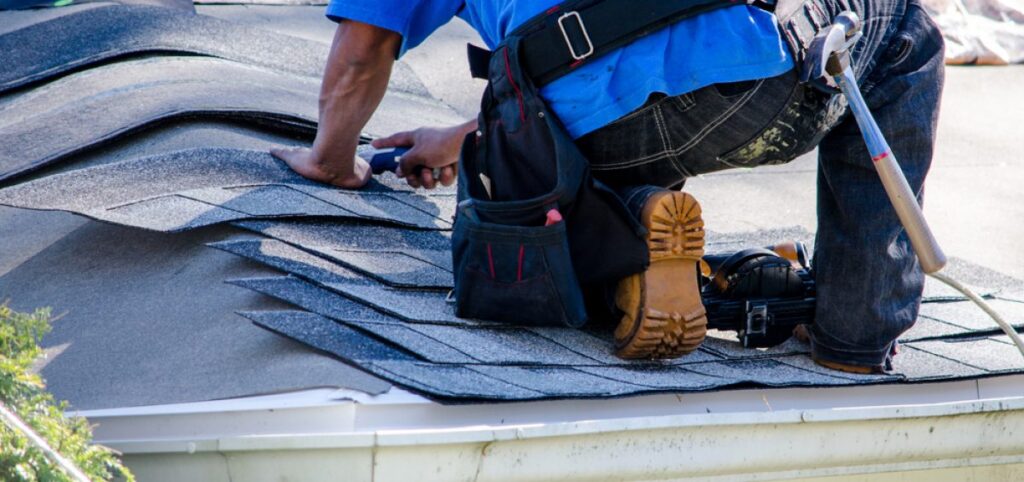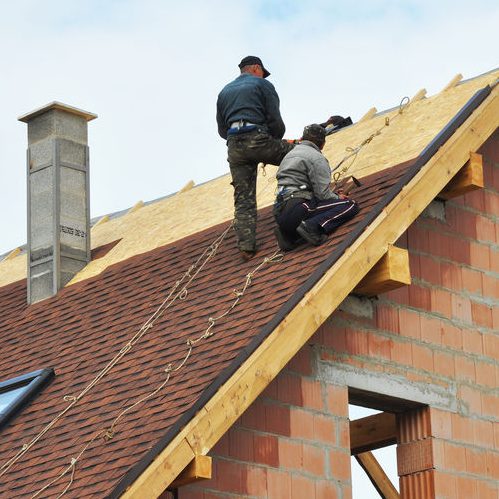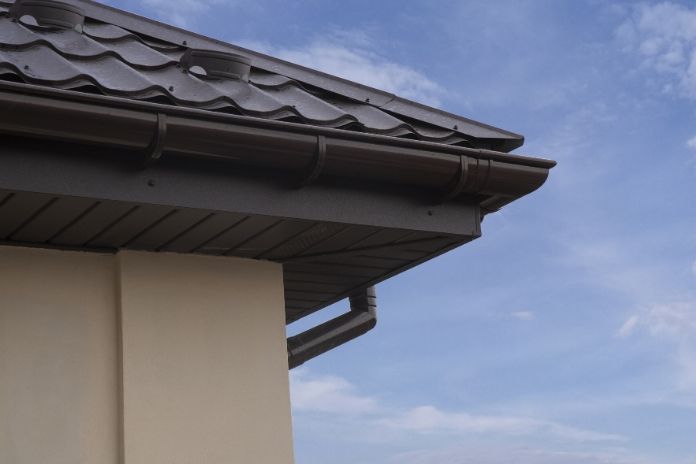Commercial Roof Inspection
Some roofing companies in Superior hurry through the consultation phase, but we know that quality roofing work starts with a detailed roof inspection. How can a roofing contractor repair or replace roofing without knowing what is going on up there? It’s vital that you pick a roofing company that offers roof inspections services with thorough procedures, because contractors can’t repair the problem if they don’t grasp it
Superior roofing contractors obtain cross-training so that they are able to perform any roofing service on all sorts of commercial buildings with all kinds of roofs, but an essential thing for every job is a roof inspection. We think that the roof inspection services we begin every Superior commercial roofing project with are the basis for quality work throughout because inspecting the roof tells us everything that’s wrong, so we are able to formulate services
Commercial Roof Inspection and Insurance Coverage
Another helpful roofing inspection service you can expect is how Superior homeowners are advised about the insurance process. We ensure the adjuster performs an adequate roof inspection of their very own. We are on-site to ensure they examine every area for damage, do not miss any line products, and that lots of photographs are used. Every ding, dent, and crack should be noted during the adjuster’s commercial roofing inspection, and we will ensure that they are counting and classifying things correctly
Commercial Roof Inspection in Superior
If you need a Superior roofing contractor to conduct repairs or reroofing, be sure you hire a person who first does an in-depth roof inspection. Contractors, Roofing Systems offers roof inspection services at no-cost to Superior companies, during which we will examine their house then provide them with a proposal for services to repair the roofin

The Cost Of Roof Inspection For Your Home or Office
While you might love seeing those rain showers from your porch, you may want to spare a moment for your roof. Your roof is what lets you enjoy every weather, from the comfort of your home. The problem though is that most homeowners forget to take care of their roof once they have built their home; it’s this lack of maintenance that can cost a lot.
Why Do You Need Roof Inspection?
A roof inspection is quite important – be it from the buyer’s side or the owner’s. Knowing the condition of the roof should be a major consideration before buying a home. The roof is one of the most expensive elements of a home and unsuspected roof problems could catch you off guard costing you thousands of dollars. The expense from consequential damage is often much greater than the cost to fix the roof.
In short, you must examine the roof condition when buying a new home or building. Make sure you get the roof professionally inspected. Take a look at the roof inspection report by a professional before making a final deal. If you are selling your home, roof inspection becomes important to you as well.
When Should You Get a Roof Inspection?
It is recommended to get a roof inspection once every three years; this can help in making both your house and roof last longer. For homes that are older (over 30 years), roof inspections are recommended frequently. Remember, the average age of a roof is 20 years. If you live in places with extreme weather, roof inspection can be recommended every other year.
All certified roof inspectors will pay attention to the following:
The exterior and interior appearance of the roof. This helps them detect any physical damage or surface deterioration.
Search for cracks or leaks in the roof.
The overall state of the fascia, skylights, chimneys, gutters, drains, and vents on the roof.
Shingles that have either curled, broken or are simply missing,
Finding places which may let water get collected.
Flashing points that have been damaged.
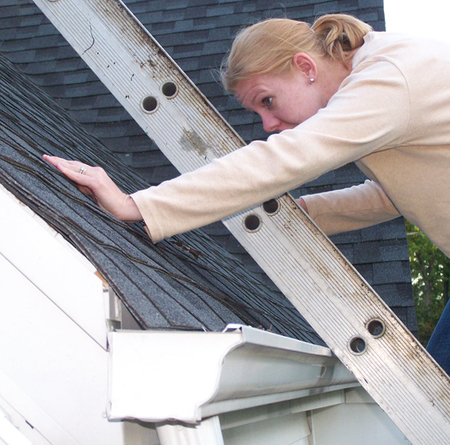
ROOF INSPECTIONS
When buying or selling a home, it is very important to know what kind of shape the roof is in. We offer professional roof inspections for realtors and homeowners that address the major aspects of the roofing system. We will estimate the useful life of the roof and identify any problem areas that need to be repaired.
Age of Roof
It’s usually impossible to determine the exact age of a roof unless we have specific information about when the shingles were installed, so we’ll generally just estimate the age of the roof based on our experience.
Life Expectancy
We will try to estimate the useful life expectancy of your roof. This is impossible to do with precision, but we can give you a reasonable expectation as to when you will need to replace your roof.
Layers of Shingles
It can be difficult to determine how many layers of shingles are on a roof just by looking from the ground. We’ll lift up the shingles at the bottom of roof to see exactly how many layers of shingles there are.
General Appearance
A roof is not merely a functional covering for you home meant to keep water out. It also has aesthetic value. It should look good. Really good
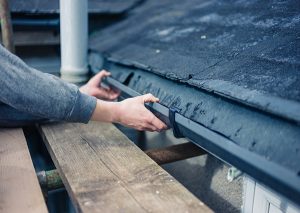
How Often Should I Have My Roof Inspected?
You keep on top of preventative maintenance for your health, your car, and even your kids’ homework—but what about keeping that literal roof over your head in top shape? Sure, Spring cleaning has you sweeping behind the fridge and winter prep might have you checking to see if the water pipes are in good shape, but when’s the last time you had the roof inspected? Roof maintenance is two-fold: One you can do yourself (if only with a pair of binoculars), but this should be complemented with an expert inspection at routine intervals.
When looking at a roof yourself, keep an eye out for uneven surfaces in the decking and cracked caulking. Are any of the shingles curling, buckling or blistering? Are there even some missing shingles? Look at the rubber part of the pipe vents and see if they look worn down or split open. Any damage to chimney caps should be addressed, and if you notice moss or lichen, that can be a sign of decay. Black algae may seem like a cosmetic fix that doesn’t necessarily need immediate attention, but it’s an excellent food source for moss, which can remove granules from the shingle exposing the asphalt to the sun’s rays
When Action is Necessary
For homeowners with colored grit found in places like the gutters, that’s a red flag. It might look like sand, but it means the roof is being exposed to dangerous UV rays. It might be that the roof’s service life is about to expire, and acting quickly may give you a few more years. Any shingles with issues require immediate replacement, and there are some things a handy DIYer can do him or herself, such as nailing back in loose shingles, but for the most part it’s best to leave things to a pro.
WHAT’S THIS GOING TO COST?
Many reputable roofers offer free or low cost inspections, but the actual repairs will certainly have a price. Shingle replacements are usually under $250, common skylight and chimney repairs are under $500, and repairs to flashing are typically under $25 per foot. And if you have moss? That’s best removed in the autumn with a moss killer designed specifically for roofs (don’t use one for lawns, as you’ll suddenly have a green roof).
THE SKY IS LEAKING
By the time a roof is actively leaking, it’s probably been damaged for quite awhile. That’s why it’s paramount to keep up with regular inspections. Telltale signs can include dark spots on the ceiling interior, peeling paint near roof overhangs, damp areas by the fireplace, and water stains on the pipes.
Spring Roof Inspection: The Ultimate Checklist
During the Coronavirus quarantine period, we’ve all been reminded about how much we rely on our homes and our families.
We must take care of the essentials in life and invest time and energy into making sure that all is well with them.
We have a chance to do that with the people we love most – and the same mindset should extend to the place that keeps us all safe and that we call home
The roof over our heads is an essential that we rarely even think about. During the lockdown, it’s an ideal time to put our energies into making sure the roof will continue to keep our families safe into the future.
The following maintenance checks are designed for any homeowner and should ideally be performed at least annually. They apply to whatever type of roof you have.
